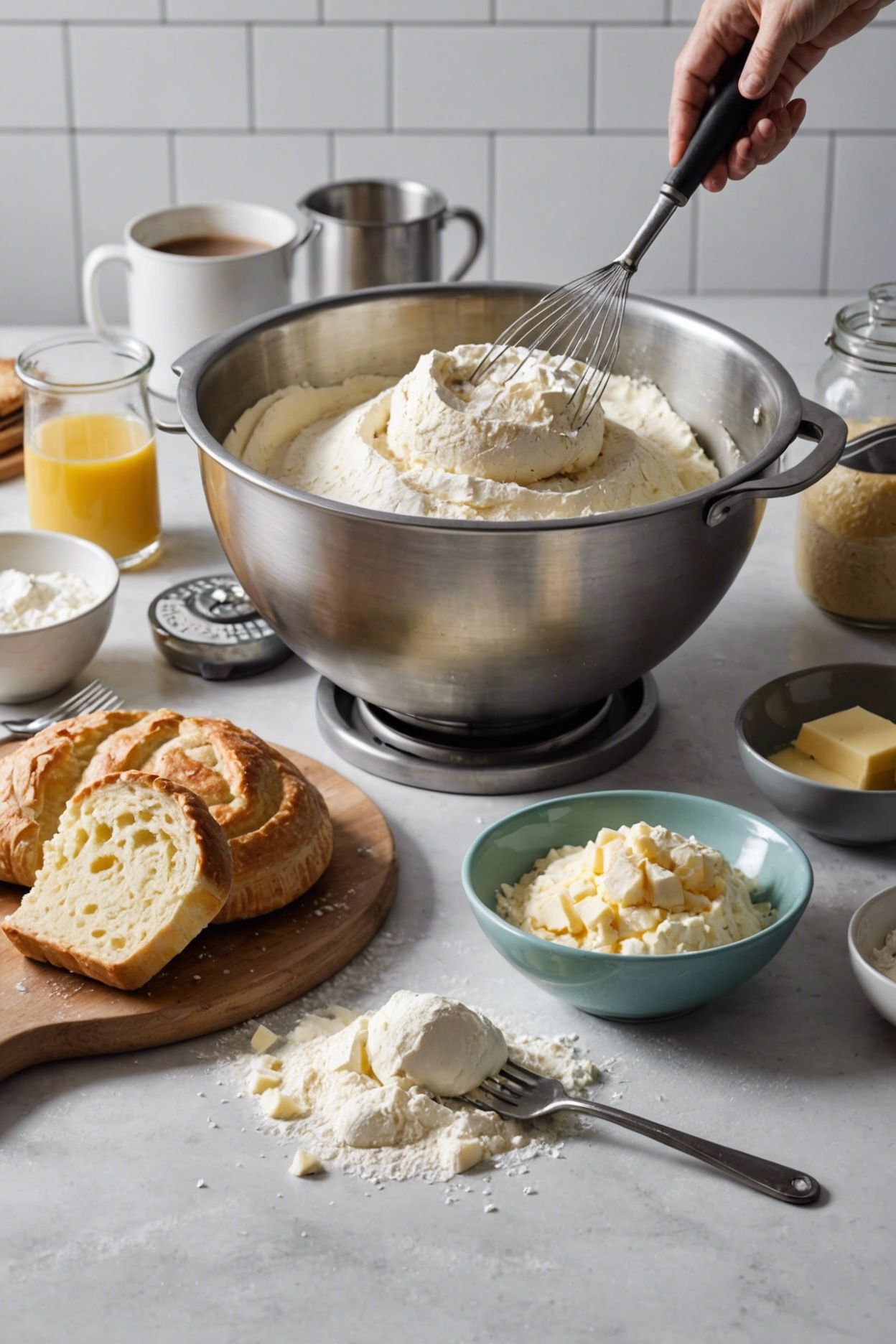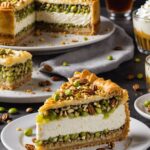The Best Fluffy Pancakes recipe you will fall in love with. Full of tips and tricks to help you make the best pancakes.
Making a homemade pie crust from scratch might seem daunting, but trust me, it’s easier than you think! With just a few simple ingredients and some gentle mixing, you’ll be on your way to a flaky, buttery crust that’s perfect for your favorite fillings.
Let’s get started!
Ready Time
25 mins
Yields
4 servings
Ingredients
- 2 1/4 cups all-purpose flour
- 1 teaspoon salt
- 1/2 cup cold unsalted butter, cut into small pieces
- 1/4 cup shortening, chilled and cut into small pieces
- 1/4 cup ice-cold water
Instructions
Combine the flour and salt in a large mixing bowl. Whisk the mixture together to incorporate.
Add the cold butter and shortening to the flour mixture, using a pastry blender or your fingertips to work them into the flour until it resembles coarse crumbs with some larger pea-sized pieces of butter remaining.
Sprinkle the ice-cold water over the mixture, gently stirring it with a fork until the dough starts to come together in a shaggy mass. Turn the dough out onto a lightly floured surface and gently knead it a few times until it becomes smooth and pliable.
Form the dough into a flat disc, wrap it in plastic wrap, and refrigerate for at least 30 minutes or up to 2 hours.
After the dough has chilled, remove it from the refrigerator and let it sit at room temperature for 10-15 minutes. Roll out the dough on a lightly floured surface to a thickness of about 1/8 inch, large enough to fit your desired pie dish.
Carefully transfer the dough to the pie dish, gently pressing it into the bottom and up the sides of the dish.
Trim any excess dough from the edges, leaving about 1/2 inch overhang. Use a fork to crimp the edges of the crust, creating a decorative border.
Notes
For a flaky crust, make sure your butter and shortening are cold, ideally right from the fridge.
If you don’t have a pastry blender, use your fingertips to work the butter and shortening into the flour.
When adding the ice-cold water, be gentle to avoid developing the gluten in the flour.
Don’t overwork the dough during kneading, stop once it’s smooth and pliable.
If you’re not using the dough immediately, it can be stored in the fridge for up to 2 days or frozen for up to 2 months.
When rolling out the dough, use a light touch and long strokes to avoid tearing.
It’s okay if the crust isn’t perfect, it’ll still taste amazing!
Nutrional Value
- Calories: 210
- Total Fat: 12g
- Saturated Fat: 8g
- Cholesterol: 20mg
- Sodium: 100mg
- Total Carbohydrates: 24g
- Dietary Fiber: 0g
- Sugars: 0g
- Protein: 3g

Ask your question to our expert chef and get instant help.
Please provide details about your query with the recipe name.




